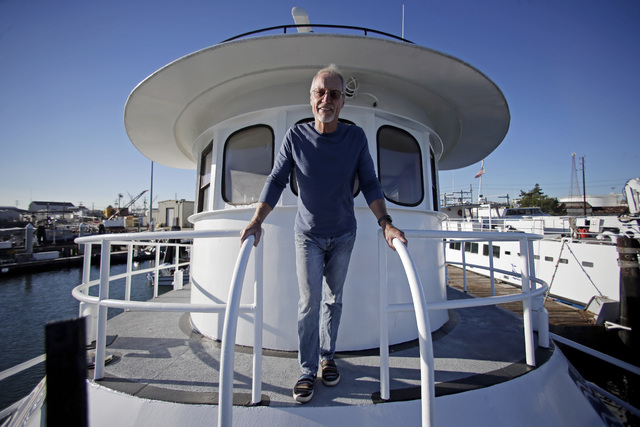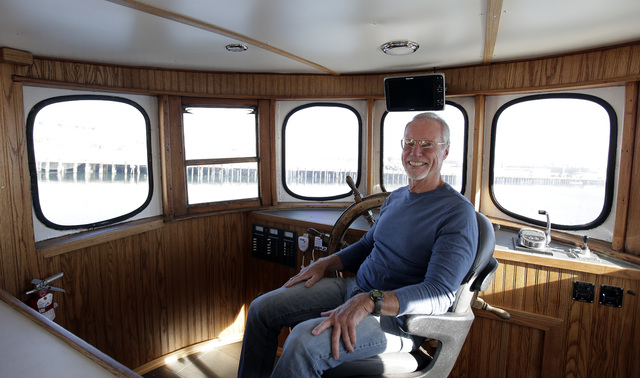SAN DIEGO — Some 90 percent of seafood consumed by Americans is imported — a fact that the Obama administration vowed to start turning around by expanding fish and shellfish farms into federal waters. ADVERTISING SAN DIEGO — Some 90
SAN DIEGO — Some 90 percent of seafood consumed by Americans is imported — a fact that the Obama administration vowed to start turning around by expanding fish and shellfish farms into federal waters.
Yet nearly two years since the first permit was issued, the United States still has no offshore farms.
The pioneers of offshore aquaculture say their plans have stalled or been abandoned because of the long and expensive federal permitting process that requires extensive environmental monitoring and data collection.
The applicant given the first permit for federal waters in 2014 has spent $1 million and not seeded any mussels off Southern California. Another pioneer in Hawaii said there is too much red tape and plans to start his fish farm off Mexico and export to the U.S.
Meanwhile, investors are leery to jump on board with no offshore farms in the water.
“Those jobs could have been in the U.S., the investment could have been in the U.S., but there was no way I could talk to my board of investors when there are no clear regulations set up and the monitoring burden is so ridiculous,” said Neil Sims, CEO of Kampachi Farms.
“I’m now practicing my Spanish,” said Sims, who received his permit for pens off Hawaii. He had hoped to develop a commercial operation to raise sashimi-grade Kampachi fish but plans instead to put his farm off Mexico’s Baja California peninsula next year.
He said the Mexican process was rigorous but streamlined.
Federal officials say the red tape is partly because it’s a new frontier. There is no regulatory framework for federal waters. They say the process needs to be streamlined while maintaining environmental standards.
Nearly half of the imported seafood Americans eat comes from foreign farms, according to the National Oceanic and Atmospheric Administration.
A draft of NOAA’s five-year strategic plan calls for marine aquaculture production to jump 50 percent by 2020, and expanding into federal waters is key. Crowded coastlines with recreational boats and shipping routes are limiting growth in state waters.
Critics fear it will open the doors to massive fish farms like those in other countries that have polluted waters from the accumulation of feces and resulted in escapes of farm-raised fish that can affect wild stocks.




